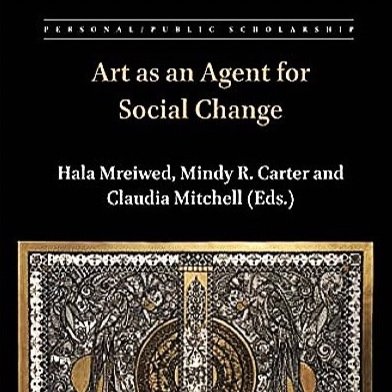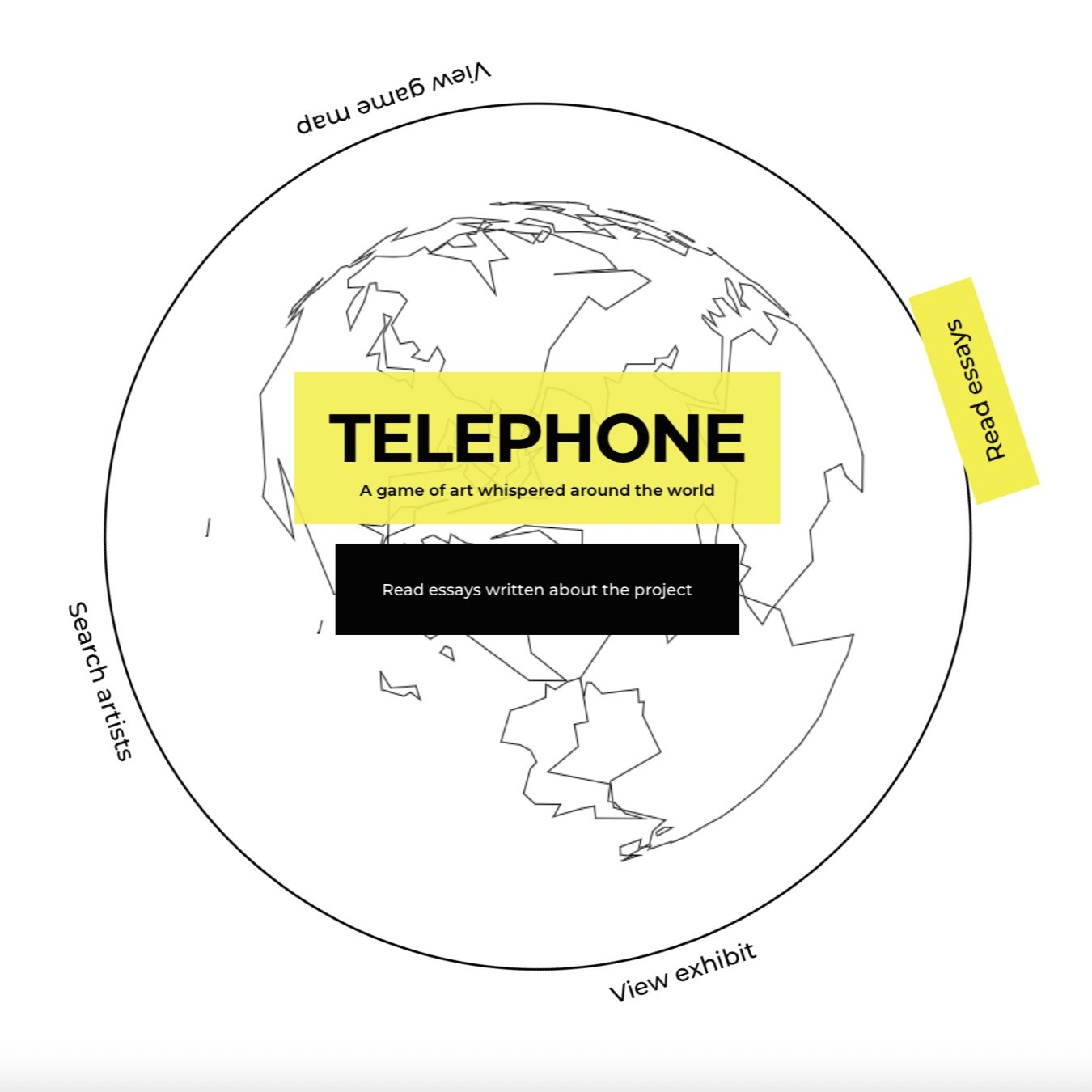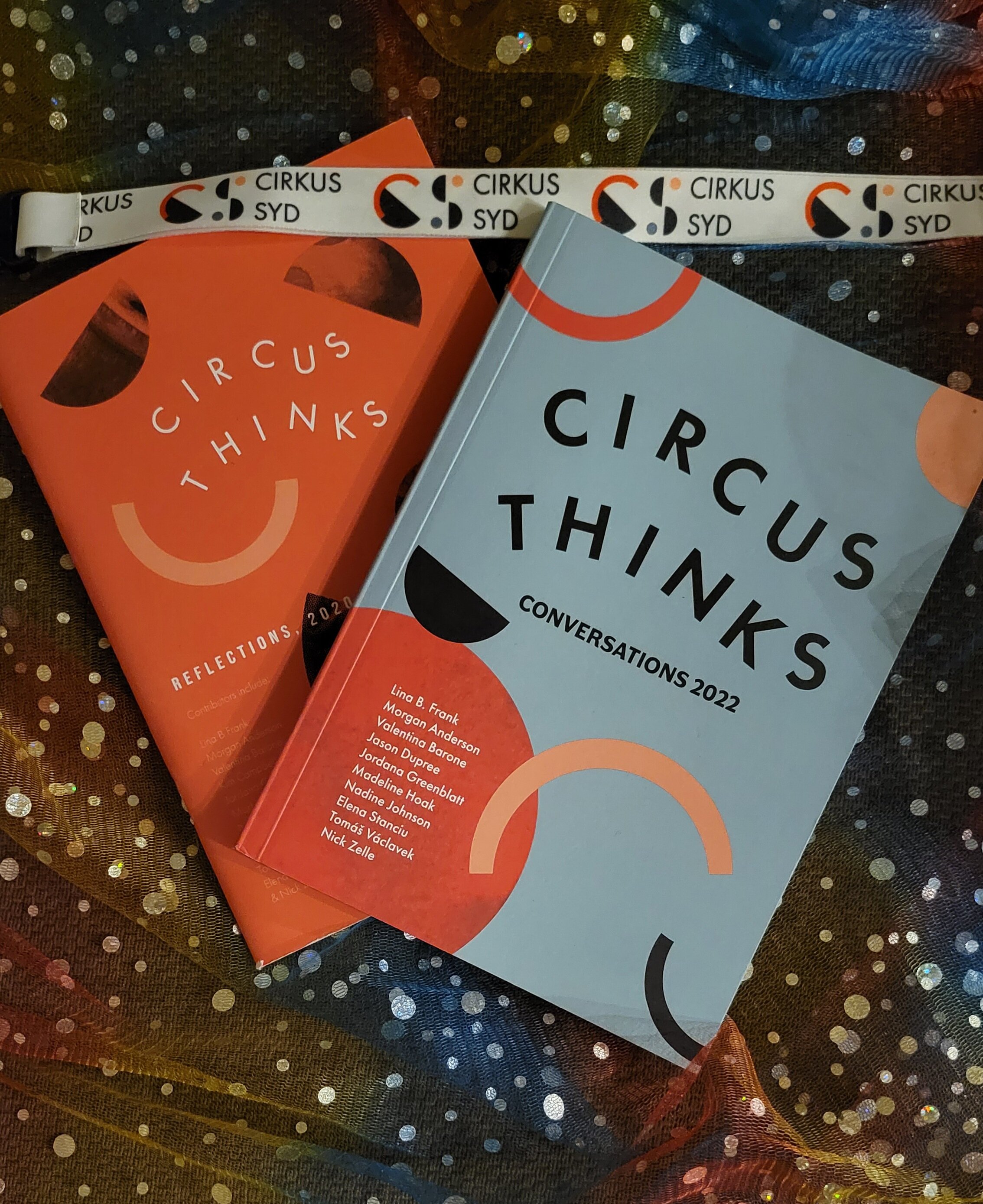PUBLICATIONS:
Hoak, Madeline, Alisan Funk, and Dan Berkley. "Teaching the Mind-body: Integrating Knowledges Through Circus Arts." Art as an Agent for Social Change. Brill, 2021.
Hoak, Madeline. "Digital Dance & TELEPHONE: A Unique Spectator Experience." TELEPHONE Writings. Crosstown Press, 2021.
Hoak, Madeline. "expanding (in)finite between." Circus Thinks: Reflections 2020. Circus Syd, 2020.
Hoak, Madeline. "Assignment #3: Real World Questions" Circus Thinks: Conversations 2022. Circus Syd, 2022.
LECTURES & PAPER PRESENTATIONS
At the Sigal Museum, Easton, PA.
Circus and its Others hosted by UC Davis, 2021
2021 Virtual Conference!
MGill University (Montreal, CA) panel discussion with Dr. Louis Patrick Leroux and Dan Berkley.
Revealing the Charm of Oddities
“Madeline Hoak is a breath of fresh air! She developed a lecture in conjunction with a Cabinet of Curiosities exhibition at the Sigal Museum, expertly weaving in objects and stories from our collection with P.T. Barnum’s American Museum, circus history, and our culture’s fascination with the strange and inexplicable. She is a dynamic speaker with a gift for sleuthing out compelling tales and spinning them into gold for the audience. Some of our visitors weren’t sure what to expect when they first sat down for her talk, but all sat spellbound until the end.”
The Circus Spectator as Documentation in the Experience Economy
“The consumption of experiences and sensations has become mainstream in western economies. Theatrics encase tangible products and entertainment events t(r)end toward 'immersive' atmospheres. The spectator/consumer is situated at the nexus of this cultural shift into the Experience Economy. As Roland Barthes describes in Camera Lucida, culture is "a contract arrived between creators and consumers." Traditional circus provided spectators with unique sensations and memories by showcasing risky action. Contemporary circus creators employ poetic and cinematic structures which yield conceptual works commenting on the human condition. This evolution from the explicitly virtuosic toward the abstract leaves more space for circus spectator participation via interpretation. As consumers, spectators are choosing to purchase and participate in the experience of contemporary circus. It therefore behooves us to ask, what is the function of contemporary circus as a commodity in our current culture of the Experience Economy?”
Circus & Technology: Mapping Bodily Sensation & Cultural Knowledge
“The overstimulation provided by Traditional Circus was an isolated experience, usually one day of the year, making the excess manageable, even joyfully awaited. Now that people’s daily lives are bombarded with instantaneous information and images through digital and virtual means that often disconnect us from our bodies and in-person interactions, they are drawn towards experiences that help find a balance. 21st century technology - smart phones, laptops, tablets, etc. - promote physically isolated, intangible experiences. Counter to this, there has been a distinct rise in immersive entertainment that allows spectators physically participate, explore and even take on a role in productions. These events are simulating reality while lessening risk. The result: huge boosts of dopamine with supposedly minimal consequences.”
Teaching the Mind-body: Integrating Knowledges through Circus Arts
“By having the physical experience of circus and an interdisciplinary exchange of academic information sparked by the study of circus history, the class was building community both corporeally and mentally. They were learning to trust and value each other in a holistic way. And that lesson has nothing to do with being proficient at circus and everything to do with being proficient at life. If young adults are learning to trust and value each other in the classroom, they will carry that with them into the world.”
Presenting at the New York University, SYSTEMS conference.
Tracking the Traces of Bodily Sensation & Cultural Knowledge in Circus
“Personally, I can’t watch the Globe of Death — the act where multiple motorcycles zoom around in a spherical cage. I have all the stereotypical reactions that Peta Tait writes about. I hold my breath, my stomach flips, I get goose bumps and I cover my eyes. These reactions aren’t appealing, but they do prove that spectators are active participants with circus. I appreciate that Tait asks, ‘Why would… any spectator willingly attend circus knowing the likelihood of experiencing such anxiety?’* Exactly! Who would pay to go to the circus and feel afraid? But fear isn’t necessarily what we experience…”
*Tait, Peta. Circus Bodies, Cultural identity in aerial performance. Routledge, 2005.
International Federation for Theatre Research (University of Iceland, Reykjavík). Presenter with the Popular Entertainments Working Group.
Circus Spectatorship in the Experience Economy
The Popular Entertainments Working Group invites presenters to submit a paper or research in-the-works. The purpose of the gathering is to support each other mid-process, give feedback, and offer resources. One question I posed in my presentation read:
“As immersive and experiential events continue to evolve, I'm curious where this leaves circus. How can circus maintain its brand of risk while giving more agency to spectator/consumers as producing consumers? Does it need to?”
I was honored to present alongside iconic circus theorists Gillian Arrighi, Kim Barton, Louise Peacock, and Aastha Gandhi.
CIRCUSTALK.COM
Madeline has written over 40 articles, show reviews, and interviews for CircusTalk.com, an online platform for the international circus community. She has spearheaded multiple series: Circus Bodies, Circus Designers, and Women making Circus about Women. Click here for Madeline’s full Circus Talk profile.
Shana Kennedy teaches circus history at Circadium, Philadelphia, PA. Photo by Anthony Zangara.
Interview with creator Diana Salles and director Firenza Guidi about Delusional: I killed a man.
Mia Caress, fourth-generation circus performer-turned stage manager shared career advice specific to circus arts.
The Risk of Circus Studies:
Mapping the Current Landscape in US Higher Education
“Perceived risk and actual risk coexist in live circus shows. For people who are familiar with the physical technique of the work, the perceived risk lessens and the actual risk becomes manageable. Circus studies (the historical and theoretical study of circus akin to performance studies) seems to be laden with perceived risk for people unfamiliar with the field. Once it is introduced to a community, the perceived risk dissolves and the actual risk transforms into prosperity: cross pollination in education, increased visibility and income for universities and rich connections in local communities.”
The Simultaneous Creation of Diana & Delusional
“Diana Salles and Firenza Guidi both have enormous smiles. They speak from the heart and listen patiently with unwavering, attentive eyes. Individually, they are charming, and together they are a riveting powerhouse of artistic drive... They are deep in the creation process of Delusional: I killed a man, a new solo show starring Salles, directed by Guidi. ‘It’s a provocation—I killed a man—because of course,’ Salles explained with her hand to her heart, ‘I loved that man. Maybe the man I’ve ever loved the most is Diego. That’s why I speak so openly about him. I hate him sometimes because I feel oppressed, but it wasn’t really the character [of Diego] – we are all characters. It’s more that I was so forced to be a man, be a man, be a man. Sometimes it’s a relief. Oh gosh! He’s gone! But also a burden. Did I kill him? In the end, Delusional is a thought-provoking show, a chance to connect, to explore, to cope. It’s a huge coping mechanism for me. I don’t know how I would be dealing as well with this transition if I wasn’t creating Delusional. [It] gives me the distance from my reality to digest and break it apart.’”
The Choreography of Stage Management with Mia Caress
“Any role in a circus production could be considered — to use an old idiom — a cog in the wheel. But if there is one person that has the honor and responsibility of turning the crank that sets the whole machine in motion, it’s the stage manager. This final article of The Circus Designer Series pays homage to the specialized expertise of circus stage managers. I had the absolute pleasure of chatting with Mia Caress, a performer, production manager, and stage manager who hails from four generations of circus folk. ‘My great-grandparents had a dog act with Ringling. My grandmother was raised on the show. She did head-to-head and hand-to-head on the wire with her sister. My grandfather rigged my grandmother’s act, and they drove to various cities. He used to pack his eyelids with tobacco to stay awake on the road. Isn’t that crazy? My mom was raised on the road with Ringling, training in everything, as kids do with the circus. She grew up in a sixty-foot trailer where they would go out and shoot their dinner wherever they were.’”
Duo Fusion performs at the Big Apple Circus, 2018. Photo by Juliana Crawford.
Big Apple Circus: Back on its Feet, but Fastened to Tradition
“I think traditional circus can stand alone as a unique genre of entertainment even while contemporary circus companies continue to emerge. Nothing in the world compares to experiencing the thrills of circus in a single ring. While I have my small gripes with this season’s show, I unwaveringly believe there is a need for the pure joy and escapism Big Apple Circus has to offer. The audience I sat with on Friday night certainly seemed to think so. We laughed together, cheered together and gave the cast a hearty, well deserved standing ovation. The Big Apple Circus is upholding a much needed American tradition, and this 41st season is a spectacle not to be missed!”
Cast members of Smashed. Photo courtesy of Gandini Juggling.
Gandini’s Smashed Delivers A Disquieting Minefield of Apples, Tea Sets and Gender Dynamics
“I was blown away by Gandini Juggling’s production of Smashed this past Saturday. Apples become grenades and decimate the landscape. Tea sets and china sets explode on impact. A vase of flowers tossed in the air sprays water sideways before shattering to pieces. A man spies an unbroken plate and crushes it underfoot. Almost nothing was left unbroken, particularly the audience’s expectations.”













